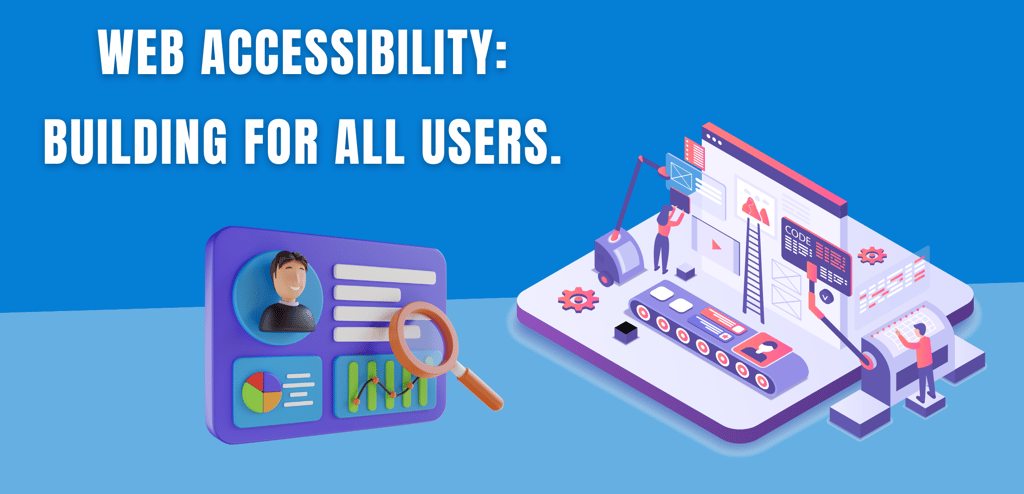
Inclusive Connections: Web Accessibility - Building for All Users with AZ Konnect
By AZ Konnect Team
2/8/20242 min read


Introduction: In today's digital landscape, accessibility is not just a recommendation; it's a fundamental requirement. At AZ Konnect, we believe in the power of inclusive design to create digital experiences that everyone can access and enjoy. In this blog, we explore the importance of web accessibility and share insights on how businesses can ensure their websites are inclusive, welcoming, and usable by all users.
Understanding Web Accessibility: The Basics Delve into the concept of web accessibility, explaining what it means and why it's essential for businesses. Explore the benefits of creating websites that are accessible to all users, regardless of their abilities.
The Legal Landscape: Compliance and Regulations Discuss the legal requirements and regulations surrounding web accessibility. Explore key guidelines such as the Web Content Accessibility Guidelines (WCAG) and how businesses can ensure compliance to avoid legal risks.
The Impact of Accessibility: Empowering Users Highlight the profound impact of web accessibility on users with disabilities. Share real-life stories and testimonials to illustrate how accessible websites can empower individuals and enhance their online experiences.
Key Principles of Web Accessibility Design Explore the core principles of accessible web design, including perceivable, operable, understandable, and robust (POUR). Discuss how these principles guide the creation of inclusive digital experiences.
Accessible Design Elements: Techniques and Best Practices Provide practical tips and techniques for designing accessible websites. Discuss considerations for color contrast, text alternatives, keyboard navigation, and other design elements that enhance accessibility.
Assistive Technologies: Supporting Diverse User Needs Explore common assistive technologies used by individuals with disabilities, such as screen readers, magnifiers, and voice recognition software. Discuss how designing for compatibility with these technologies improves accessibility.
Mobile Accessibility: Optimizing for Different Devices Highlight the importance of mobile accessibility in today's mobile-first world. Discuss strategies for optimizing websites for various devices and screen sizes to ensure a seamless user experience for all users.
Testing for Accessibility: Ensuring Compliance and Usability Discuss the importance of testing websites for accessibility throughout the design and development process. Explore automated and manual testing techniques, as well as tools for evaluating accessibility compliance.
Educating Teams: Fostering a Culture of Accessibility Emphasize the importance of fostering a culture of accessibility within organizations. Discuss the role of training and education in raising awareness and empowering teams to prioritize accessibility in their work.
Continuous Improvement: Evolving with User Needs Highlight the importance of ongoing monitoring and improvement of website accessibility. Discuss strategies for collecting user feedback, monitoring accessibility metrics, and making iterative improvements over time.
Conclusion: Web accessibility is not just a technical requirement; it's a moral imperative and a business opportunity. At AZ Konnect, we believe in the power of inclusive design to create digital experiences that are accessible to all users. By embracing the principles and practices of web accessibility outlined in this blog, businesses can build websites that welcome and empower everyone, fostering a more inclusive and equitable online world. Let's work together to build connections that are truly inclusive, ensuring that no one is left behind in the digital age.
Subscribe To Our Newsletter


